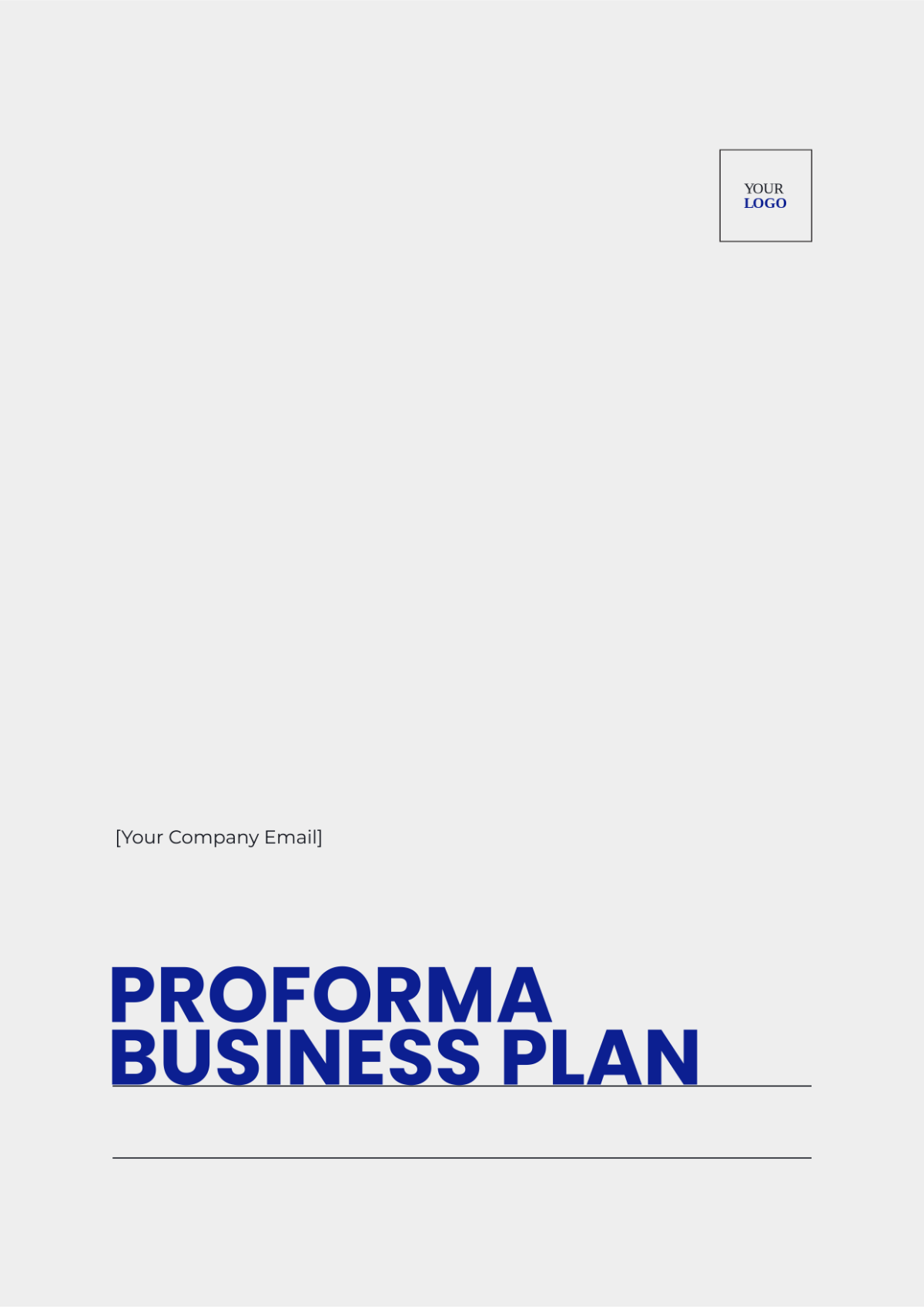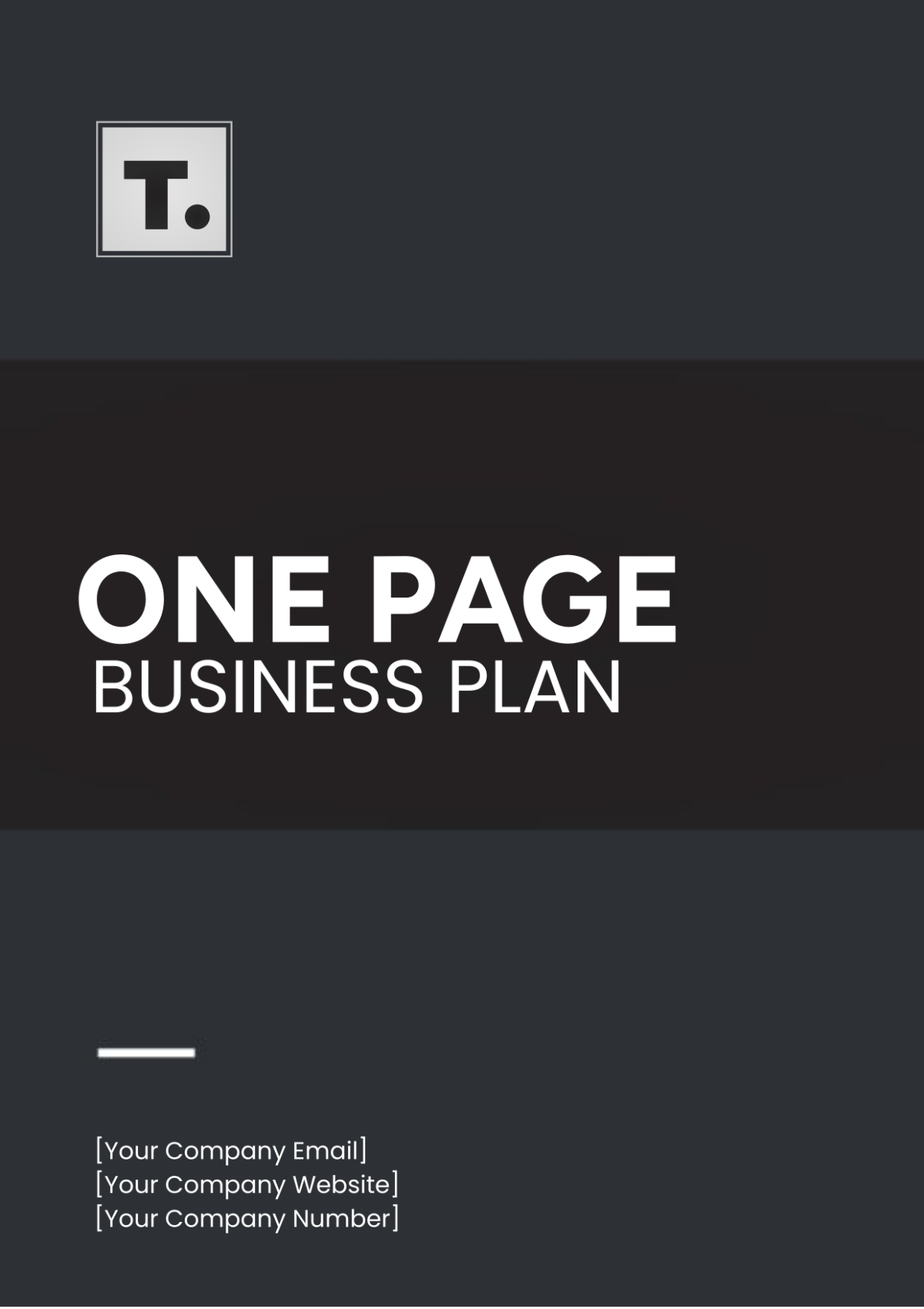Business Strategy Implementation Plan
Prepared by: [YOUR NAME]
Contact Email: [YOUR EMAIL]
I. Introduction
A. Objective:
Provide [YOUR NAME] with a structured approach to implementing a business strategy, focusing on achieving organizational goals and ensuring effective execution.
Name: [YOUR NAME]
Company Name: [COMPANY NAME]
Department: [DEPARTMENT NAME]
Plan Start Date: [START DATE OF THE PLAN]
Plan End Date: [END DATE OF THE PLAN]
B. Purpose:
The purpose of this implementation plan is to outline the steps necessary to execute the business strategy effectively, ensuring alignment with organizational goals and optimizing resources.
II. Strategic Goals and Objectives
A. Overall Goals:
Increase market share by [SPECIFIC PERCENTAGE] within the next [TIMEFRAME].
Enhance brand awareness and recognition in [TARGET MARKET].
Improve customer satisfaction ratings by [SPECIFIC PERCENTAGE] through enhanced product/service quality and customer support.
B. Specific Objectives:
Increase Sales Revenue: Achieve a [SPECIFIC TARGET] increase in sales revenue by implementing targeted marketing campaigns and expanding distribution channels.
Expand Geographic Reach: Establish a presence in [NEW MARKET] by [DATE], targeting [SPECIFIC DEMOGRAPHIC].
Enhance Product Innovation: Introduce [NUMBER] new product features or enhancements by [DATE] based on market research and customer feedback.
Optimize Operational Efficiency: Reduce operational costs by [SPECIFIC PERCENTAGE] through process optimization and automation initiatives.
III. Key Performance Indicators (KPIs)
KPIs Table:
Goal | Key Performance Indicator | Target Value | Measurement Method |
|---|---|---|---|
[GOAL 1] | [KPI 1] | [TARGET VALUE 1] | [MEASUREMENT METHOD 1] |
[GOAL 2] | [KPI 2] | [TARGET VALUE 2] | [MEASUREMENT METHOD 2] |
[GOAL 3] | [KPI 3] | [TARGET VALUE 3] | [MEASUREMENT METHOD 3] |
IV. Implementation Timeline
Timeline Table:
Milestone | Description | Start Date | End Date | Responsible Party |
[MILESTONE 1] | [DESCRIPTION 1] | [START DATE 1] | [END DATE 1] | [RESPONSIBLE PARTY 1] |
[MILESTONE 2] | [DESCRIPTION 2] | [START DATE 2] | [END DATE 2] | [RESPONSIBLE PARTY 2] |
[MILESTONE 3] | [DESCRIPTION 3] | [START DATE 3] | [END DATE 3] | [RESPONSIBLE PARTY 3] |
V. Resource Allocation
Resource Allocation Table:
Resource Type | Description | Quantity | Responsible Department |
|---|---|---|---|
[RESOURCE 1] | [DESCRIPTION 1] | [QUANTITY 1] | [DEPARTMENT 1] |
[RESOURCE 2] | [DESCRIPTION 2] | [QUANTITY 2] | [DEPARTMENT 2] |
[RESOURCE 3] | [DESCRIPTION 3] | [QUANTITY 3] | [DEPARTMENT 3] |
VI. Risk Management
A. Risk Identification:
Supply Chain Disruptions: Potential disruptions in the supply chain due to external factors.
Market Volatility: Fluctuations in market conditions affecting demand or profitability.
Technology Failures: Risks associated with system failures or cybersecurity breaches.
B. Mitigation Strategies:
Diversify Suppliers: Maintain relationships with multiple suppliers and strategic inventory reserves.
Market Research: Conduct thorough analysis to anticipate market shifts and adapt strategies.
Invest in Technology: Enhance technology infrastructure and cybersecurity measures.
VII. Communication Plan
Communication Plan Table:
Audience | Message | Communication Method | Frequency |
|---|---|---|---|
[AUDIENCE 1] | [MESSAGE 1] | [METHOD 1] | [FREQUENCY 1] |
[AUDIENCE 2] | [MESSAGE 2] | [METHOD 2] | [FREQUENCY 2] |
[AUDIENCE 3] | [MESSAGE 3] | [METHOD 3] | [FREQUENCY 3] |
VIII. Monitoring and Evaluation
A. Tools and Techniques:
Utilize project management software for tracking tasks and milestones.
Implement key performance indicators (KPIs) dashboard for real-time performance monitoring.
Conduct regular progress meetings and status updates.
B. Frequency of Monitoring:
Weekly progress reviews to assess task completion and address any issues.
Monthly performance evaluations to track KPIs and adjust strategies accordingly.
C. Responsible Parties:
Project Manager: Oversees overall progress and coordinates team efforts.
Department Heads: Responsible for monitoring specific objectives and KPIs within their respective departments.
Cross-functional Team: Collaborates on tracking interdependent tasks and resolving bottlenecks.
IX. Review and Adjustment
Review Plan: Schedule regular reviews to assess progress and make necessary adjustments.
Review Frequency: [REVIEW FREQUENCY]
Review Process: [DESCRIPTION OF THE REVIEW PROCESS]
Adjustment Strategies: [STRATEGIES FOR ADJUSTING THE PLAN BASED ON REVIEW FINDINGS]
X. Conclusion
A. Summary:
In summary, this implementation plan outlines the key steps and strategies for executing the business strategy effectively, aiming to achieve the defined strategic goals and objectives. By closely monitoring progress, addressing potential risks, and adapting to changing circumstances, we are committed to ensuring the successful implementation of our business strategy.
B. Next Steps:
Upon approval of the implementation plan, the immediate next steps are to start the execution phase as scheduled, continuously monitor key performance indicators to evaluate the plan's effectiveness, conduct regular progress reviews to identify and address areas for improvement, and ensure open communication among all team members and stakeholders to tackle any emerging challenges or opportunities.
This Business Strategy Implementation Plan Template is designed to help [YOUR NAME] execute the implementation plan efficiently and effectively, driving the organization towards its strategic objectives.

















































